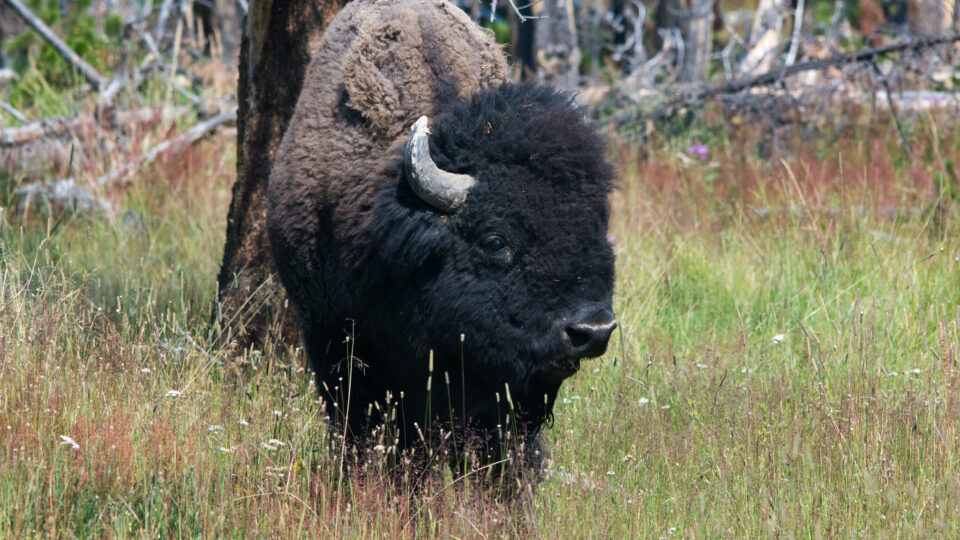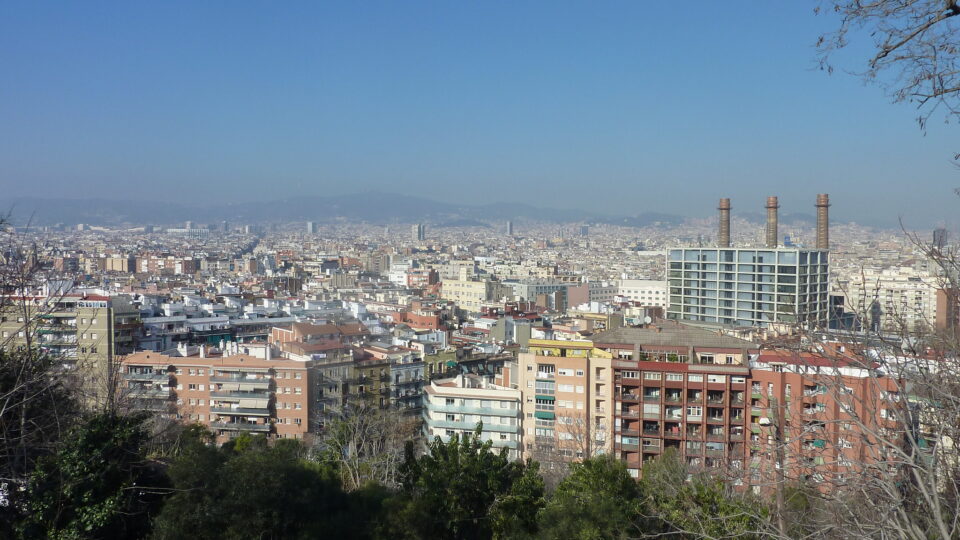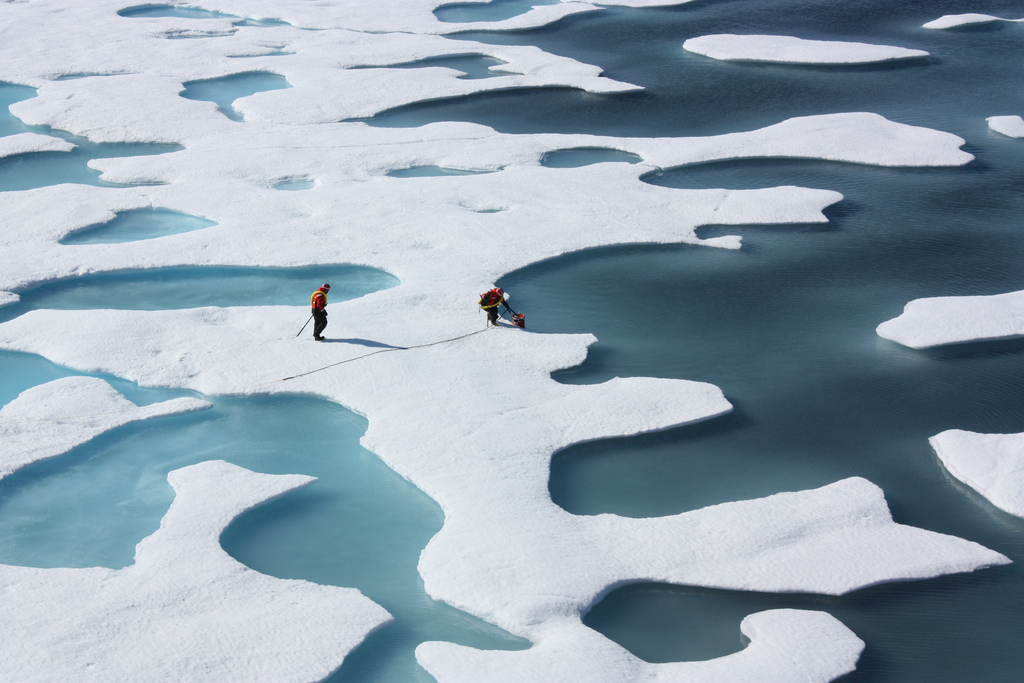A group of more than 60 climate researchers has published an open letter calling for accelerated research into what is called solar radiation management. This means changing the amount of solar energy reaching the surface of the earth by adding various substances into the stratosphere or into the clouds in order to help cool down the planet.
This form of geoengineering is controversial to say the least. While such approaches would most likely be successful in cooling things down, such climate manipulation could have dangerous and unexpected consequences.
For their part, the scientists explicitly state that they do not support the use of solar radiation management or SRM. Their position is that our current level of knowledge is not sufficient to accurately assess potential risks and consequences. What they are advocating is for scientific research to be conducted to support the assessment of the potential effectiveness of various SRM techniques, to determine how these techniques would affect climate change under various greenhouse gas scenarios, and to determine the capabilities for detecting and attributing possible impacts of SRM interventions.
The letter was a response to a larger group of scientists and academics who called for a strict ban on geoengineering, saying that it could divert attention and resources from much-needed greenhouse gas reductions. The new letter claims that gaining additional knowledge about SRM is a critical part of making effective and ethical decisions about its implementation. They state that we have no right to ban the ability to search for a solution to the mess we created.
Opponents of such research are concerned that even pursuing it normalizes in the public eye what could potentially be a catastrophically dangerous activity.
**********
Web Links
Photo, posted February 11, 2006, courtesy of Janice Waltzer via Flickr.
Earth Wise is a production of WAMC Northeast Public Radio






